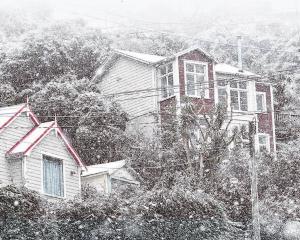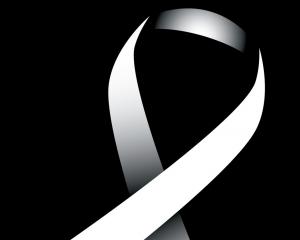New Zealand's unenviable workplace health and safety statistics and ageing regulations are coming under a welcome spotlight.
Last week, a public meeting was hosted in Dunedin by members of the Government-appointed Independent Taskforce on Workplace Health and Safety which is examining the issue, seeking public feedback nationwide, and developing recommendations for the Government to consider next year to achieve its goal of a 25% reduction in workplace deaths and serious injuries by 2020.
Official figures show each year in New Zealand an average of 100 people die from work-related accidents and an average of 380 receive serious non-fatal work-related injuries. It is estimated work-related disease leads to up to 800 deaths and up to 20,000 new cases each year. About 190,000 people claim medical costs from the Accident Compensation Corporation after being harmed at work. The annual cost of work-related injury and disease is estimated at $3.5 billion.
The country's record put us well below the standard in Australia, Canada, the United Kingdom and other comparable Western countries, taskforce chairman Rob Jager said, which was "unacceptable, unsustainable and something we need to change".
The November 2010 Pike River mine disaster, in which 29 miners were killed, was the catalyst for the Government review of workplace health and safety regulations, untouched for 20 years. In addition to establishing the taskforce, the Government initiatives include action plans that target the five most harmful sectors (construction, agriculture, fishing, forestry and manufacturing), the establishment of a high hazards unit, and more frontline health and safety inspectors.
While the review is welcome, sadly, it is too late for the Pike River 29 and many others killed in workplace accidents through the years. As recently as last weekend, a Mossburn lineman was electrocuted while repairing a power line fault on a Northern Southland farm. That death came just a day after an inquest was held into the death of an Alexandra lineman who died in December 2010 in an incident in which the power pole he was working on toppled over.
It is important to remember the people behind the sobering statistics. The deaths have wasted potential, destroyed dreams and shattered families. The toll - emotional, social and financial - is huge, and all too often occurs in "a day's work".
There are undoubtedly risks associated with some occupations. And there are some in which the possibility of death and injury is a real and factored risk, such as in the armed forces and emergency services. Those involved are aware of the risks - and prepared and trained to make the ultimate sacrifice for others if necessary - which is not to say those deaths are acceptable as such.
But what is without doubt unacceptable is that needless deaths continue to occur in other fields because of poor working conditions or practices.
Ministry for Business, Innovation and Employment surveys show people believe the country's workplace safety record is not improving. Clearly, a culture change is needed.
While it is human to make mistakes, and genuine accidents do unfortunately happen, in hazardous or skilled occupations where lives are at risk - for workers and/or their clients - mitigating those risks is essential.
Government and industry regulations must be robust enough to encourage and support employers in their obligations before there is a need to punish them for their failings. Individuals must also heed workplace safety messages, and take responsibility for their actions, and employers must take ultimate responsibility for their staff on the job.
The Government review is welcome - as is the cross-party work on the issue that has gone beyond the often cheap political point-scoring - and it is to be hoped the recommendations and any subsequent changes will make a difference. The country's two million-plus workers have the right to expect they should return safely from a day at the office - wherever that office might be.












